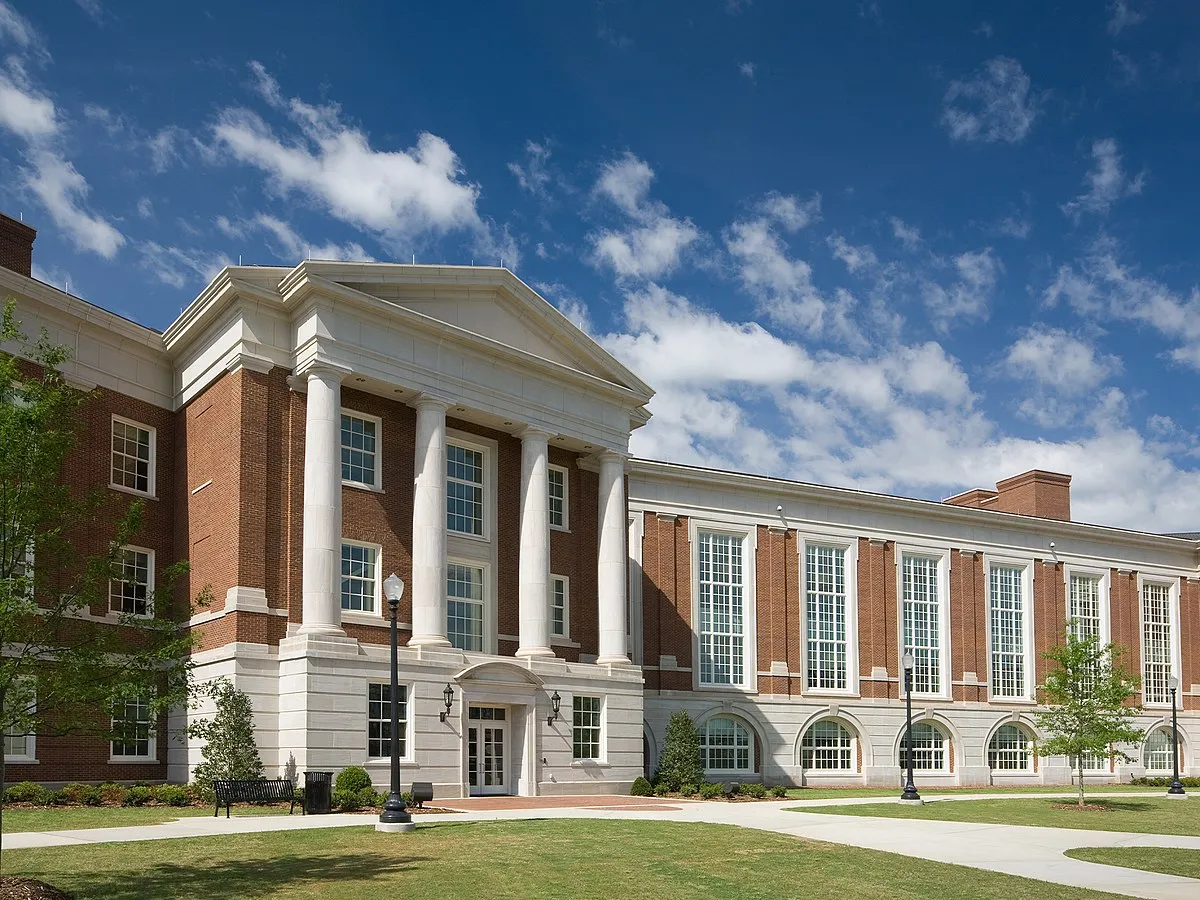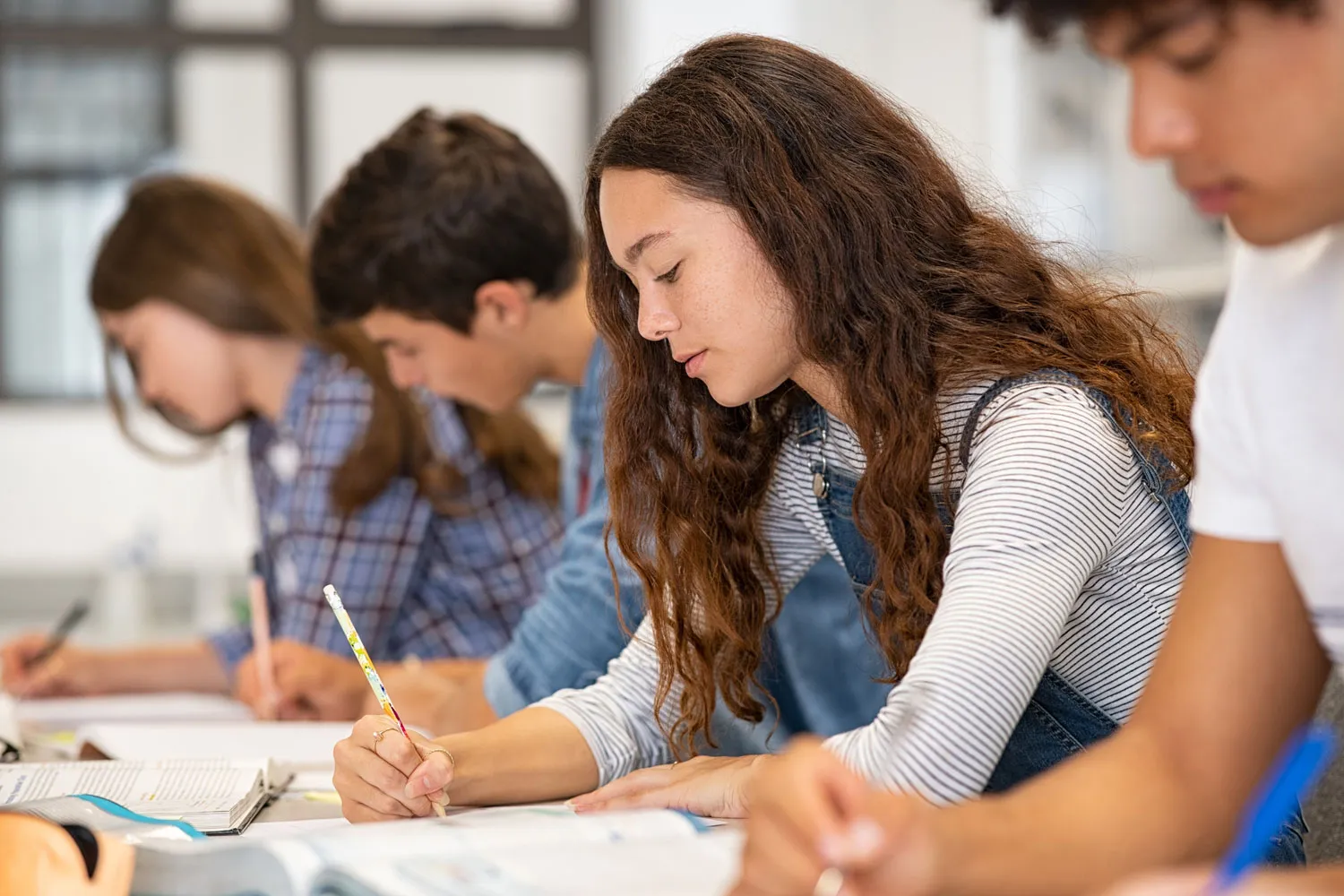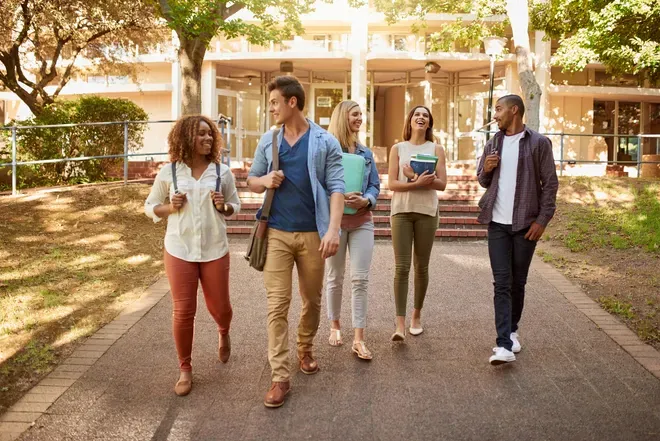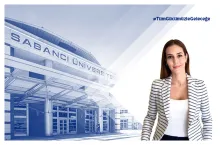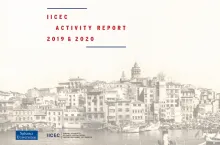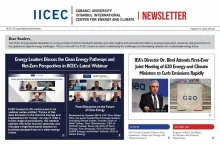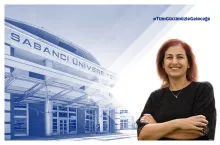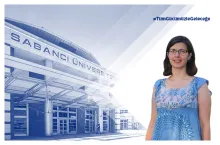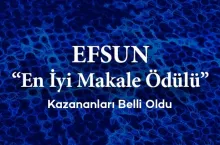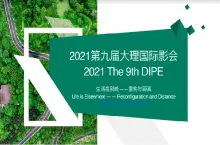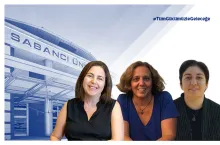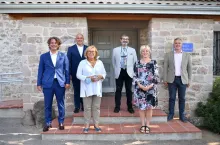Sabancı University, Enerjisa and UNDP join forces to transform Küçükköy into a model of environmental sustainability

Tourism is a vital economic sector for Turkey, but current business models pose a threat to the rich natural environment that makes the country such an attractive destination. That is why Sabancı University, Enerjisa Enerji and the United Nations Development Programme (UNDP) have joined forces to develop a “green destination model” and pilot efforts to infuse energy efficiency, the use of renewable energy and other sustainable practices into tourism businesses in Küçükköy, a promising tourism location along Turkey’s Aegean coast in the Ayvalik district, which already hosts one million visitors each year.
With an 18-month timetable, the initiative aims to develop a scalable, replicable and sustainable tourism implementation model that will reduce use of fossil fuels while expanding the application of renewables, a field where Turkey’s potential remains largely untapped. The joint effort to create a Centre of Sustainable Energy-Based Tourism Implementation (SENTRUM) in Küçükköy is just the beginning: the results of the pilot will be applied in other locations.

“We are delighted that Sabancı University has forged a triangle of success with UNDP and Enerjisa,” said Güler Sabancı, Chair of the Board of Directors of Sabancı Holding and the Founding Board of Trustees of Sabancı University. “The University’s philosophy is based on joint development. Our objective is to educate students to respond to and live within and for society. Our partnership with UNDP and Enerjisa reflects this outlook and we will accomplish wonderful things for this world in unity and cooperation.”
Tourism is a key sector of the Turkish economy, contributing an estimated 12.7 percent of GDP in the last pre-pandemic year of 2019. Ensuring the environmental, social and economic sustainability of the tourism sector is thus among Turkey’s national development priorities.
“Tourism is a sector with rich potential for Turkey” said Louisa Vinton, UNDP Resident Representative in Turkey. “But there is a real risk this potential will be wasted if we continue to violate environmental limits. Our aim is to help tourism firms become friends of nature.”
Kıvanç Zaimler, President of Sabancı Holding Energy Group and Chair of the Board of Directors of Enerjisa Enerji said “Every step we have taken for more than 90 years under the umbrella of Sabancı Group is illuminated by our vision of giving back to these lands what we have taken from these lands. Based on this vision, the scope of our project will not be limited to tourism businesses, buildings and museums in the region; it will be aimed to increase the awareness of the people of the region and local and foreign tourists visiting the region on energy efficiency and sustainable tourism”.

With funding from Enerjisa, UNDP will prepare a destination-specific socio-economic and environmental plan for Küçükköy; a situation analysis for local tourism enterprises on energy saving, energy efficiency and use of renewable energy resources; a sustainable production and consumption strategy; and a green procurement and supply chain management strategy.
Promoting green energy is just one part of the sustainability equation, however. Building on UNDP’s integrated approach, the initiative will also seek to ensure that local communities reap benefits from tourism. Here opportunities for women will be in focus: for example, UNDP will provide local women with training in energy audits and energy consultancy for tourism businesses in an effort to overcome the gender gaps that are standard in the energy sector.
To ensure local ownership and inclusiveness, project activities will also engage municipal and provincial authorities, NGOs, universities and local communities. To this end, UNDP will set up a SENTRUM Coordination Office at Sabancı University’s Creative Technologies Atelier in Küçükköy. The Office will promote knowledge about energy efficiency and renewable energy.
Enerjisa Energy will incorporate project results into its initiative “İşimin Enerjisi (Energy of My Business),” which promotes energy efficiency, renewables and reducing carbon emissions.


